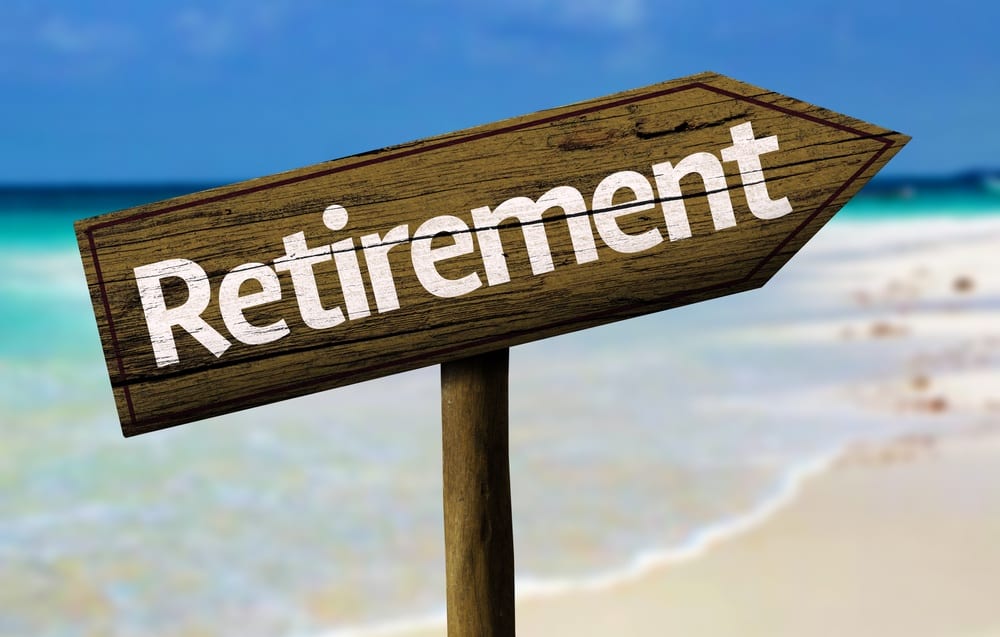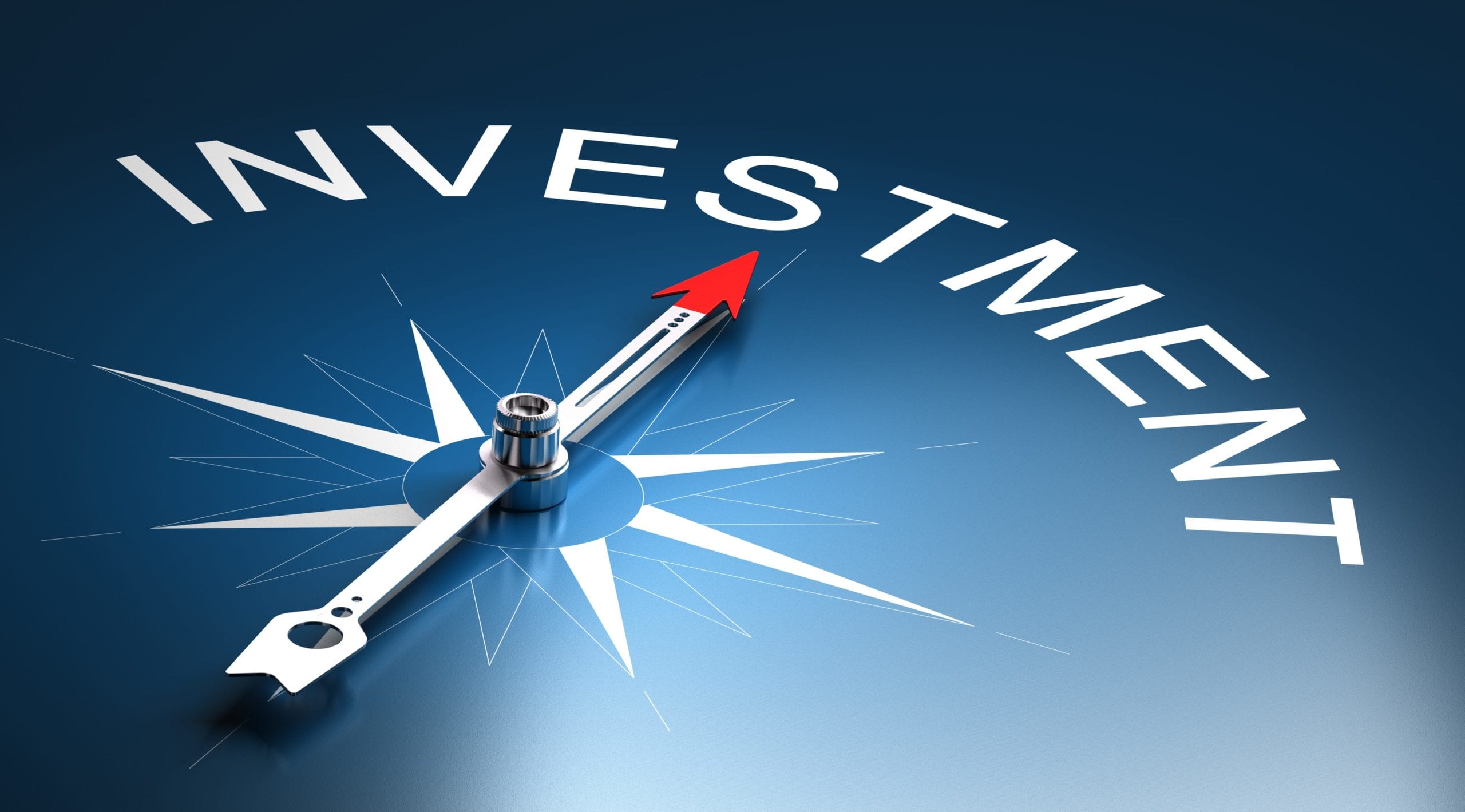You probably have several different reasons why you want to invest your money. Overall, you want to increase the money you have as much as possible with as little risk of losing it as possible. It is what you plan to spend it on that varies. You could be investing because you have some extra cash lying around that you want to invest in, but more than likely, you are also investing for retirement.
Why invest for retirement?
Most people don’t plan on working for the rest of your life. Even if you love your job, you may be forced to stop working for health reasons, or you just grow tired of it. Either way, most people would like to retire at least some time in their sixties.
When you are retired, you stop earning money from your job, but you still need money to survive. This is why you need to stash money away. You can’t survive without money. You can’t rely on Social Security either. The people who do that now live on extremely tight budgets. You could never afford to live a comfortable retirement on Social Security, and that assumes you’ll be getting as much as they’re getting now. Who knows what will happen down the road.
Saving for retirement is not the same as investing for retirement. You can save $10 a day for 40 years and you’ll end up with $146,000. That sounds like a lot, but if you invested that same amount and earned a very modest 7% a year, you would have about $776,000 after 40 years. See the difference? You won’t have to save nearly as much if you invest it.
How does retirement investing differ from other types of investing?
Retirement investing is different from investing just “extra cash” or “to play the market” because it is being invested for the purpose of your retirement income. It is even different from investing to save for college, a house, or anything else because you have much longer time to invest, and there are investment advantages.
If you start young when you are investing for retirement, you begin by investing more aggressively. As you reach retirement, you gradually invest more conservatively. This will allow you to save and grow your investment the most while still protecting yourself until you need to retire and use this money.
There are still other advantages to saving for retirement. There are several different types of retirement accounts with tax and other advantages.If you invest in a 401K through your employer, the money you invest will not be taxed until you withdraw it.This makes it a deduction for your taxes this year.
Also, some employers will match a percentage or all of what you contribute. For example, you might be able to get a 50% match for up to a 10% contribution. This means if you make $50,000 a year and you contribute 10%, you will be contributing $5,000. Your employer will also contribute 50% of that, $2,500. You get an extra $2,500 added towards your retirement, and none of this money is taxed this year. You will pay taxes when you withdraw it after retirement.
There are also other retirement investment accounts such as an IRA or Roth IRA. An IRA is an Individual Retirement Account. It works the same as a 401K except that you can’t get an employer match, you can only contribute so much each year, and you can set it up and invest it however you want.
A Roth IRA is an IRA that you pay taxes on now. Later on, you don’t have to pay any taxes on it, even on the amount you’ve earned. That is also a great benefit if tax rates increase by the time you retire.
There are also several different types of accounts for those that are self-employed.
How should you invest for retirement?
Before you begin contributing to a retirement account, you need to set up a plan. Figure out how much money you will need for retirement. To do this, decide how much you will need to spend each year when you retire. It will be different from what you are spending now because you won’t need to spend as much, but you’ll also have to adjust for inflation of at least 3% each year.
Next, estimate how many years you will spend in retirement. This is impossible to know for sure, just overshoot a bit to ensure you’ll have enough. Multiply the number of years by the desired yearly income. This is what you’ll need. You will be keeping this money at least in bonds earning a certain percentage which should help combat inflation while you’re in retirement.
Once you know how much you’ll need, figure out how much you’ll need to save each year. Then, set up an account with your employer and start contributing.
How soon should you invest for retirement?
You can begin saving and investing for retirement whenever you want, but remember, the sooner you start, the less you’ll have to save. If you start saving at 45 years of age, you’ll only have about 20 years until 65. This gives you less time to save and less time for your money to compound and earn.
If you start saving and investing at 25 years of age, you’ll have much more time and could save much less each year. Or, you could decide to save just as much and retire early. It is up to you. You decide when you want to retire, how you want to live, and how much you want to be saving now, and you’ll probably agree that there’s no greater time than the present!









